
Imagine a life where buying a home, sending your kids to college, or taking a family vacation is no longer guaranteed but a distant hope. For millions of Americans, this isn’t science fiction; it could be reality by 2035. Rising costs, stagnant wages, and mounting financial pressures quietly reshape what it means to be middle class in the United States.
What was once the backbone of stability and opportunity may now be slipping through families’ fingers. This article breaks down the looming challenges ahead and explores why the next decade could redefine middle-class life forever.
Why the Next Decade Will Change Everything

Economists and policymakers agree that the next ten years won’t just be tough; they could reshape what it means to be middle class. Inflation, flat wages, shrinking benefits, and rising costs collide into what some call a “slow-motion crisis.” Families may need to reprioritize essentials, trade off opportunities, and reconsider long-held goals.
Life’s milestones, from healthcare to higher education, could become harder to reach. “This isn’t just about temporary struggle—it’s generational,” says economist Molly Boesel. The reality? Tomorrow’s middle-class family may look—and live—very differently from today’s.
1. Homeownership Will Slip Further Away

By 2035, the cornerstone of the American dream, homeownership, may feel like a fantasy. Affordability forecasts suggest only 15% of homes will be within reach for middle-class incomes. Mortgage rates and property prices exceed earnings, while taxes and insurance pile on. For many, buying will require extraordinary savings, settling far from city centers, or abandoning the dream altogether.
Home ownership may become a high-stakes gamble instead of a normal step toward stability. For millions, the dream of moving up could be replaced with the reality of staying put or falling behind.
2. Renting Will Consume Even More Income
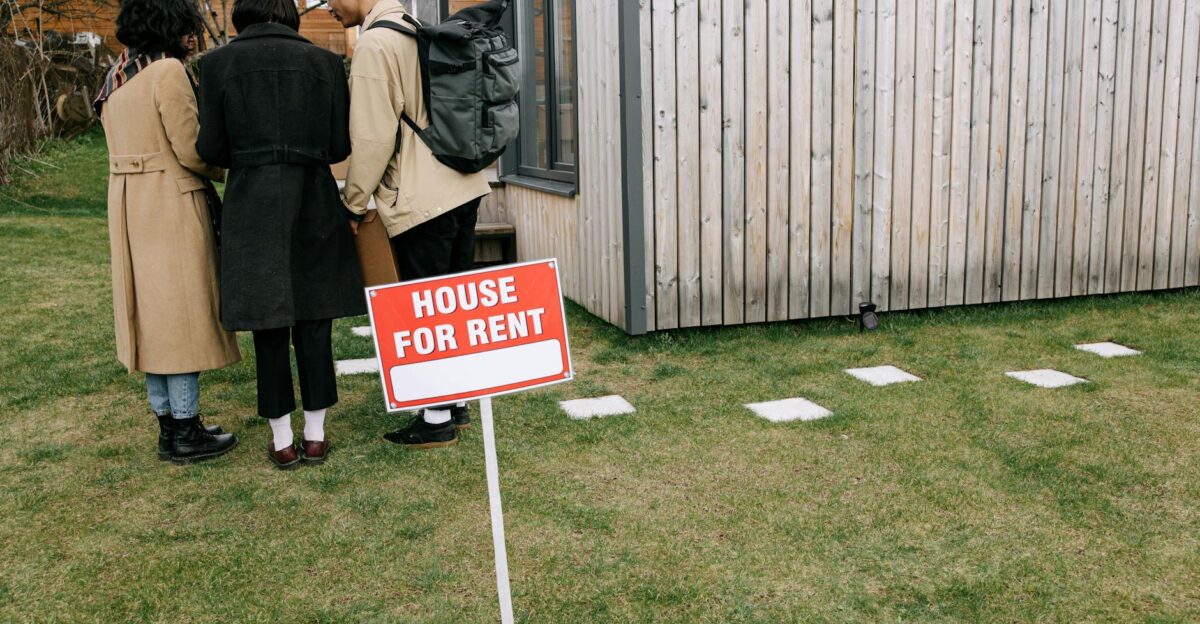
If buying feels impossible, renting won’t offer much relief. Analysts predict that 2035 rent could swallow more than half of middle-class take-home pay. That leaves little for savings, healthcare, or even groceries.
Families may be forced into smaller spaces, shared housing with relatives, or indefinitely delayed milestones like marriage or children, and the freedom to choose where and how they live may no longer exist.
3. Childcare Will Be a Growing Financial Strain

Childcare, already one of the steepest household expenses, is set to climb even higher. By 2035, annual costs could exceed $20,000 per child. Families in cities and suburbs may face the harshest squeeze, battling shortages of quality providers. Many parents may cut work hours, turn to unregulated care, or sacrifice career advancement to stay afloat.
This creates a dangerous cycle—lower earnings today and reduced savings tomorrow. What was once a juggling act of work, childcare, and financial balance may feel impossible to sustain, forcing families into heartbreaking decisions.
4. Higher Education May Become Unattainable

A college degree—the classic ticket to upward mobility- may slip out of reach. Tuition projections suggest elite schools could charge $100,000 annually by 2035. Even with aid, the gap will leave families stretched to the breaking point. Many teens may forgo higher education, attend less competitive schools, or enter the workforce earlier.
As admissions expert Stuart Schmill warns, “Families are already beyond their limits.” If this trend continues, the promise of education as a great equalizer may collapse, widening divides and stalling opportunity for the next generation.
5. Retirement Security Will Further Erode

The idea of retiring at 65 may soon feel outdated. Financial planners estimate that by 2035, fewer than one in six middle-class households will be on track for a stable retirement. Savings rates lag, while pensions and benefits shrink. Many will be forced to work longer, downsize homes, or rely on children for support.
The safety net that once cushioned older Americans may no longer exist. For countless families, retirement won’t be a reward after decades of work; it will be another uphill battle in an already uncertain financial future.
6. Healthcare Will Demand a Larger Share of Income

Healthcare, which is already a source of anxiety, is on track to consume even more household budgets. Analysts predict annual costs could hit $40,000 per family by 2035, covering premiums, prescriptions, and specialist care. Without reforms, families may skip appointments, delay procedures, or take on crippling debt.
The promise of accessible healthcare may erode into a constant calculation of pay for treatment or pay the bills. For the middle class, good health could increasingly depend on financial luck rather than guaranteed access, deepening inequality across communities.
7. Prescription Drugs Could Become Prohibitively Expensive

Medication, which is a lifeline for millions, could become one of the heaviest financial burdens. Specialty drugs for chronic conditions are projected to soar in cost. Even insured families may struggle to cover co-pays or access necessary treatments. The outcome could be skipped doses, rationed pills, or cutting other essentials to afford prescriptions.
What is now routine—picking up medicine from the pharmacy—may soon feel like gambling with health and finances. For many households, stability could hinge on the next refill, creating a fragile, unsustainable way of life.
8. Car Ownership Will Be Rare for Many

The freedom of hopping into your car could become a rare luxury. By 2035, new car payments could top $2,000 monthly, not including insurance, gas, or repairs. For many families, that’s out of reach. Ride-sharing, carpooling, and secondhand vehicles may become the norm. But as demand rises, even those options will feel squeezed.
Personal mobility, once a given of middle-class life, may instead highlight who can afford convenience and who cannot. The open road could be reserved for fewer households, narrowing independence for millions.
9. Groceries & Food Will Take a Larger Bite
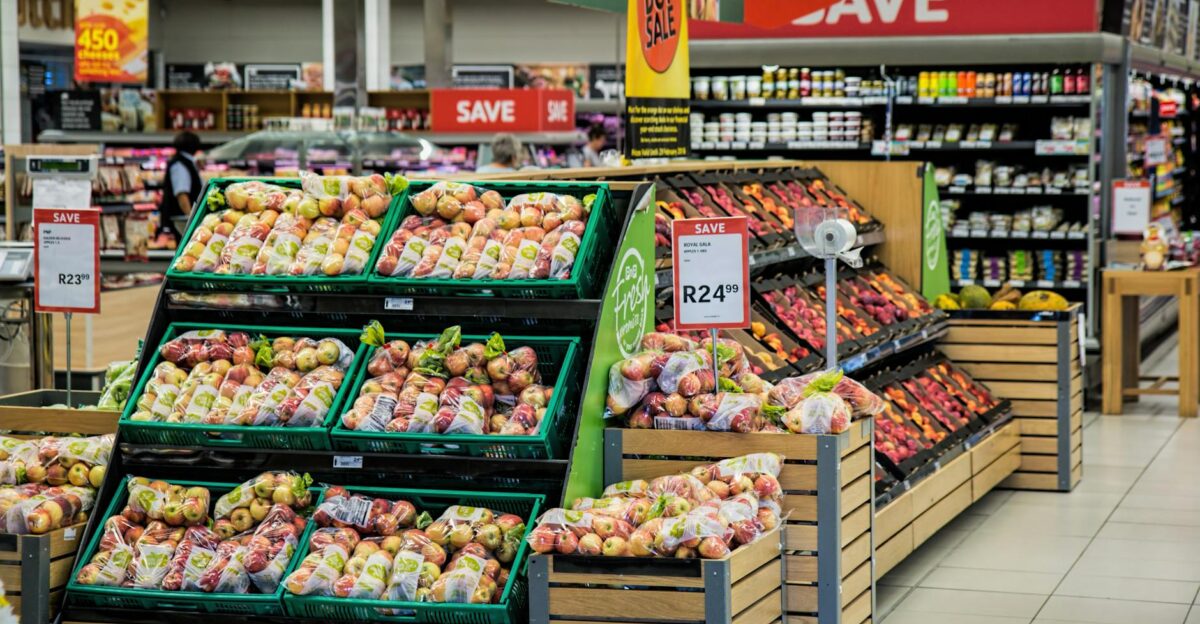
The grocery bill is an unavoidable part of life, and will keep stretching wallets thinner. Food inflation is expected to climb, especially for fresh produce, proteins, and imports. Families may increasingly rely on bulk or processed goods, sacrificing nutrition for affordability. For many, fresh, organic, or specialty items could drift out of reach.
Feeding a family may no longer feel like an exercise in choice but one of constant compromise. For middle-class households, the dinner table could become another battleground between health, cost, and survival.
10. Utility Bills Will Spike

Electricity, water, heating, and cooling are basic home comforts, and they are expected to double in cost by 2035. Aging infrastructure, climate disruptions, and rising demand will drive bills higher. Families may face hard choices, like running the air conditioner during a heatwave or saving money for groceries.
Staying comfortable and safe could become a privilege, not a guarantee. Even basic utilities may force constant sacrifices for the middle class, transforming once-stable households into fragile ones teetering on the edge of financial stress.
11. Internet Access Will Divide Communities
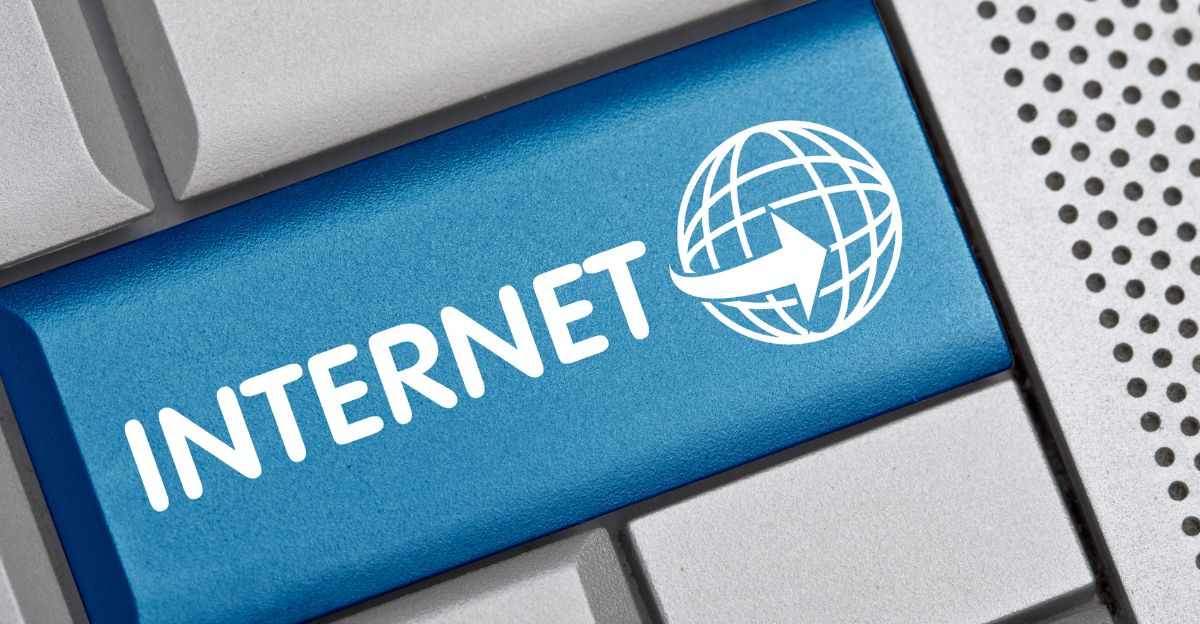
A reliable internet connection, once an invisible utility, could become another dividing line. As broadband prices rise, up to a quarter of middle-class families may struggle to afford access. This creates a “digital divide,” cutting off opportunities to work from home, access online education, or connect to essential services.
What was once a given, fast, affordable internet may become a marker of privilege. Without intervention, digital inequality could deepen social and economic gaps, leaving some families stranded in an offline world.
12. Insurance Coverage May Be a Luxury
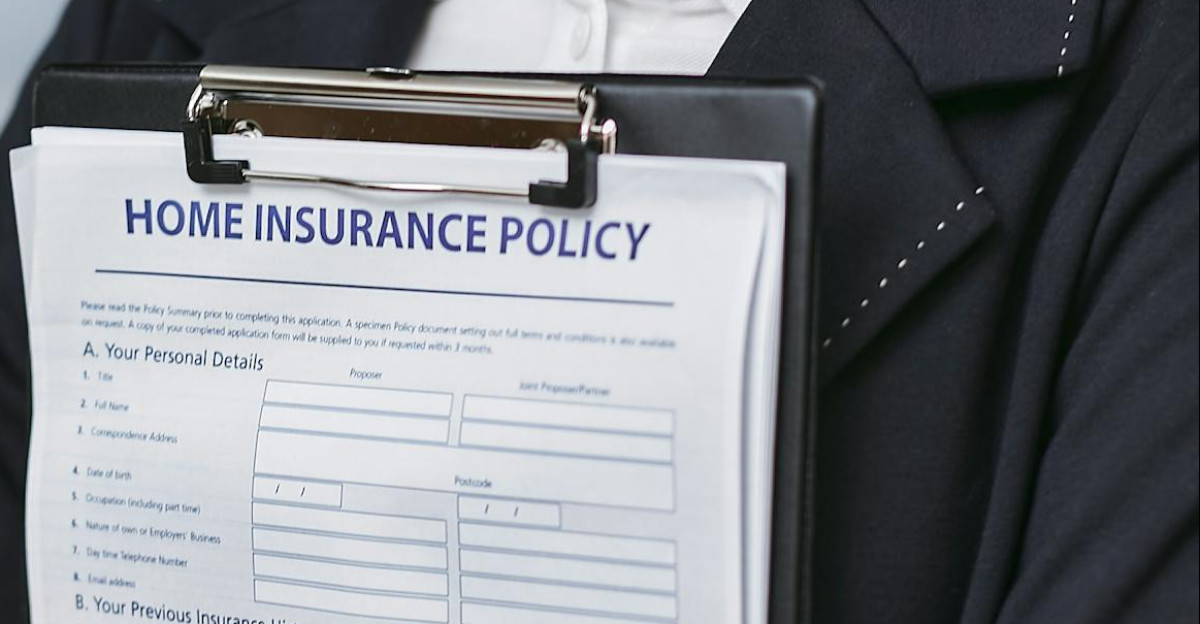
Insurance, which is meant to safeguard against the unexpected, may itself become unaffordable. Health, life, home, and auto coverage costs are set to skyrocket. With fewer employer-backed options, many middle-class families could be left vulnerable.
A single accident, illness, or disaster could spiral into financial ruin. Without safety nets, middle-class households may find one event away from devastation. Insurance, once a reassuring constant, could instead highlight just how fragile financial security has become in everyday life.
13. Travel and Leisure Will Be a Rarity

Vacations, family road trips, or weekend getaways may shift from “every year” to “maybe someday.” Rising travel costs like flights, hotels, and fuel will push recreation out of middle-class budgets. Analysts warn that by 2035, leisure could feel like an indulgence for the few rather than a routine family tradition.
For many households, the joy of exploring new places, making memories, or simply taking a break could become an unreachable aspiration. The cost of adventure may be too steep for all but the wealthiest families.
14. Dining Out Will Become an Occasional Treat

Dinner at your favorite restaurant or grabbing takeout after work may become rare events. By 2035, restaurant prices are projected to rise faster than overall inflation. Families may reserve dining out for birthdays or anniversaries, replacing weekly outings with homemade meals.
While cooking at home has its benefits, the casual joy of dining out, from trying new cuisines to enjoying a night off, may fade. For middle-class families, restaurant culture could transform from a regular pleasure to a carefully rationed indulgence.
15. Emergency Savings Will Shrink Further

Rainy-day funds, the classic cushion against surprise expenses, may vanish for many households. By 2035, rising costs and volatile incomes will make saving even small amounts difficult. A broken appliance, medical bill, or unexpected layoff could instantly push families into debt.
Without reserves, households face greater instability and higher stress. Financial resilience, once a hallmark of middle-class life, may feel unattainable. The result will be a growing number of families living paycheck to paycheck, always one emergency away from financial freefall.
16. Child Extracurriculars Will Fade for Most

Sports, music, tutoring, and summer camps enrich childhood, but they may be out of reach. Rising costs will force many families to cut these programs, reducing opportunities for personal growth and college readiness. By 2035, extracurriculars could become privileges reserved for wealthier families.
This shift limits kids’ experiences and deepens opportunity gaps, shaping a more unequal society. For the middle class, watching a child’s potential go untapped won’t be about talent or effort; it will come down to affordability.
Social Consequences of a Shrinking Middle Class
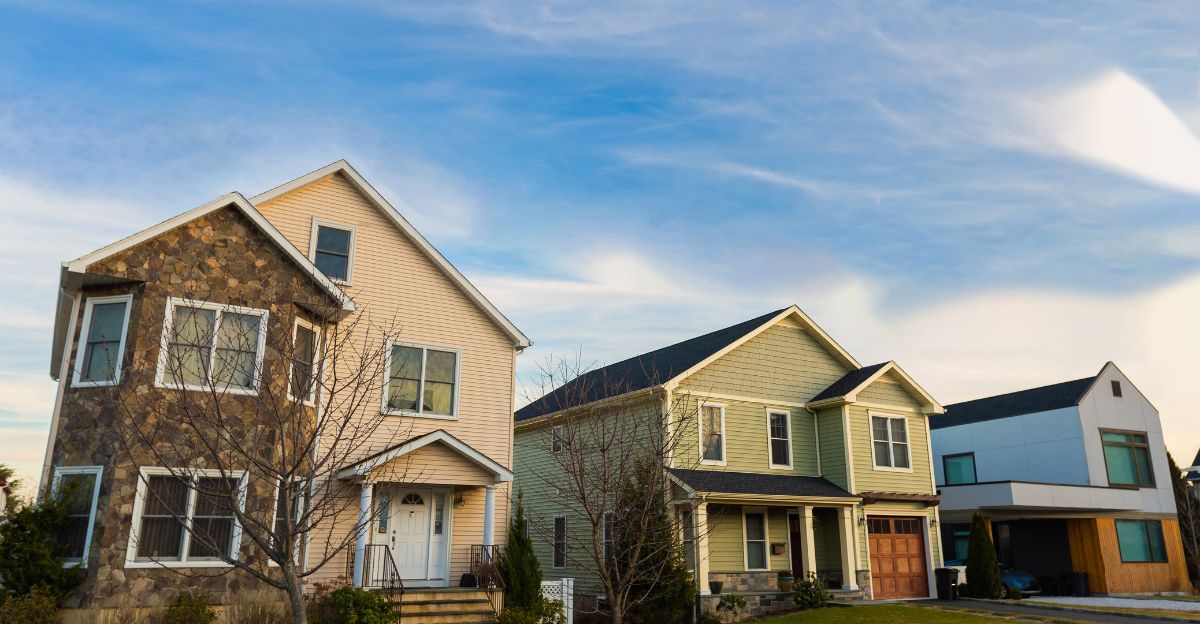
A shrinking middle class doesn’t just hurt families, it reshapes society. Economic anxiety may fuel political divides, mistrust in institutions, and widening gaps in health and education. “A society where families constantly struggle risks losing cohesion and optimism,” warns Pew’s Kim Parker.
Communities may see less upward mobility, fewer shared experiences, and growing polarization. The middle class has long been America’s stabilizer, but without it, the ripple effects could transform neighborhoods, workplaces, and even democracy. The stakes extend far beyond individual households.
Can Policy and Innovation Rewrite the Next Chapter?

The next ten years may force middle-class families to rethink every aspect of their lives, from where they live and how they work to how they raise their children. Homeownership, education, healthcare, and even everyday expenses could feel like a luxury rather than the norm. But understanding the forces at play is the first step toward action.
Policymakers, communities, and families can adapt, innovate, and advocate, or risk watching the middle-class dream unravel. The question is no longer whether change is coming; it’s whether we’re ready to meet it.